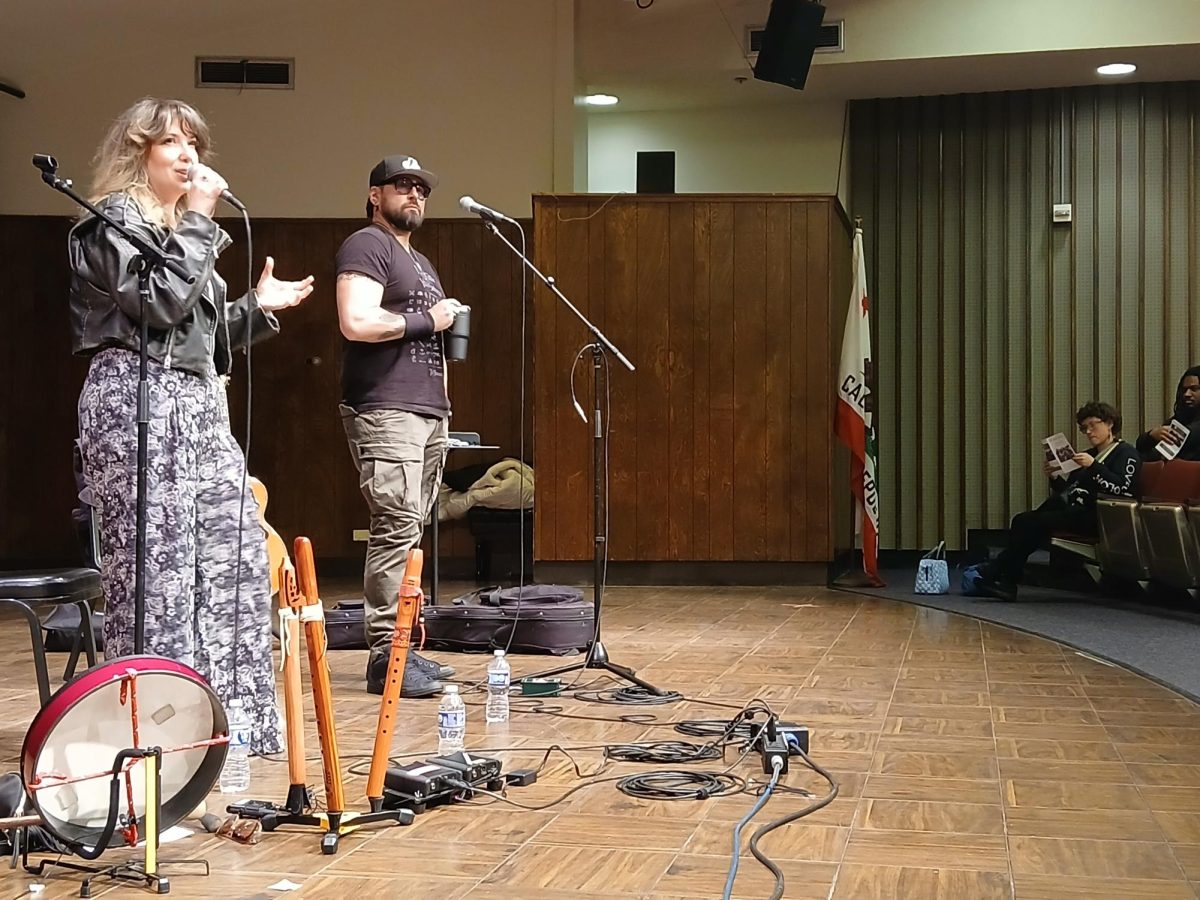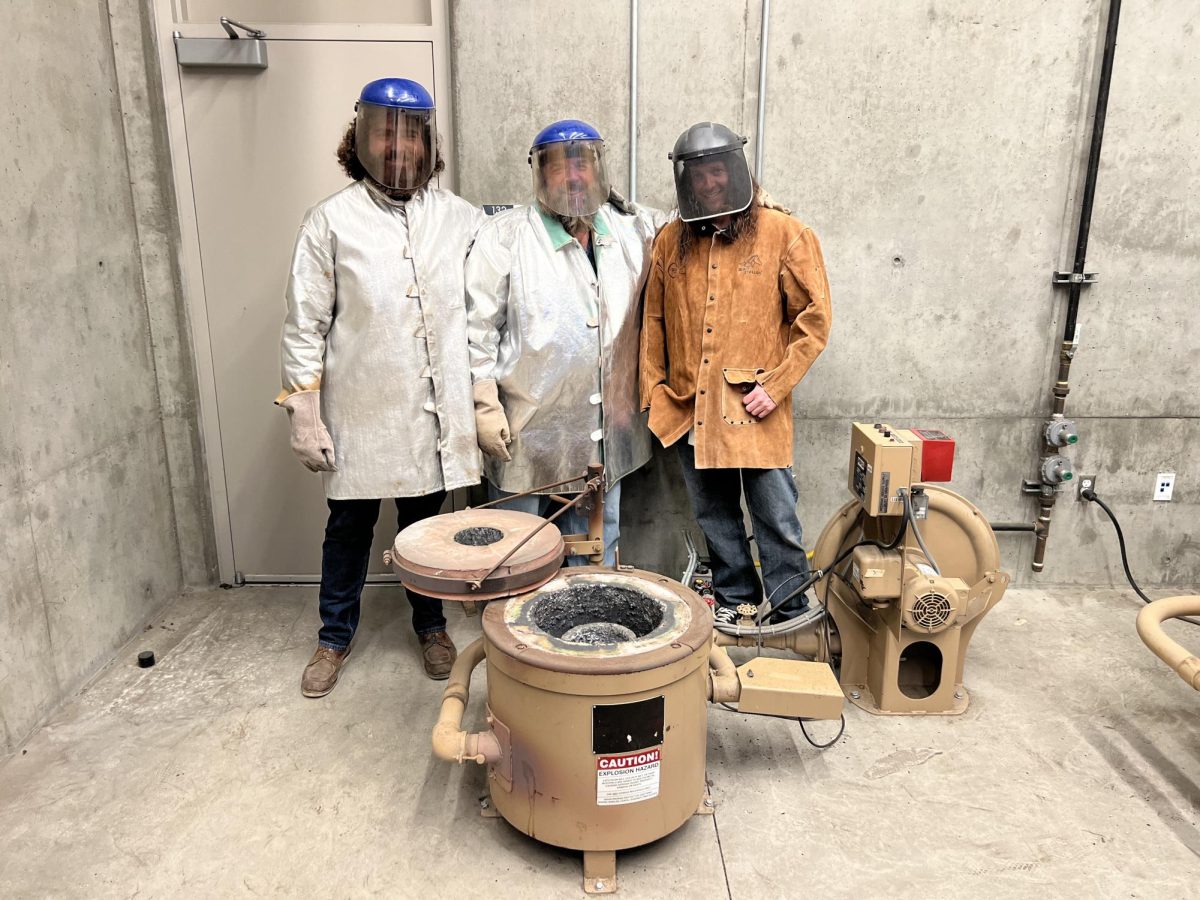Coming down the hill in a fast-moving mass of loose soil, earth, and debris, mudslides are not uncommon in Los Angeles, leaving homeowners facing the possibility after heavy rains.
Sara Di Fiori, professor of geology, said mudslides occur on slopes usually after a heavy rain. The removal of vegetation; storms, earthquakes, fires and erosion also can cause mudslides as well
“They’ve been on my mind because I live up near where the big fires were and after a fire, all the vegetation is removed and if it rains in the winter, you can have really catastrophic mudslides,” Di Fiori said.
During a mudslide, masses of soil, earth and debris slide downhill, picking up momentum, and could move up to a pace of 60 miles per hour.
Some may be harmless, but other mudslides in the past have caused extensive damage, taking out houses and causing injury.
Di Fiori said that at their worst, mudslides have taken countless lives; such devastations could be preventable with the proper precautions.
Mudslides tend to occur in the same locations, so a mudslide hazard assessment should be done in areas that are vulnerable, and those who live in hazardous areas could take steps to minimize damage.
“Plant specific kinds of plants that have deep root systems, because they tend to hold the slope in place,” Di Fiori said.
Having a lawn would be a bad idea because it soaks up water and makes the land heavy so its more likely to slide.
Di Fiori said that building homes at the mouths of canyons is not recommended.
Installing adjustable pipe-fittings, planting ground cover on slopes and building divergent walls to redirect mudflow away from the home all are ways to reduce damages to homes during a mudslide.
Being able to recognize the warning signs of approaching mudslides is another valuable safety precaution.
“Doors and windows will start jamming for the first time, and cracks will appear in tile, plaster, or foundations,” John Burton, geology major, said.
Burton said that signs such as underground utility line breakage, bulges in the ground, and utility poles, or trees tilting, while not immediate warnings of mudslides, will indicate areas that are prone to mudslides.
“People living in areas that are vulnerable to mudslides could reduce damages caused by them. Mudslides usually occur after heavy rains, so even evacuating the home could possibly save a life,” Burton said.
If a possible mudslide is suspected, alert the authorities, as well as neighbors and try to evacuate; if escape is impossible, Di Fiori suggests curling into a ball to protect the head against injury.
Categories:
Mudslides make more than a mess
By Mihiri Weerasinghe
•
September 24, 2009
More to Discover






